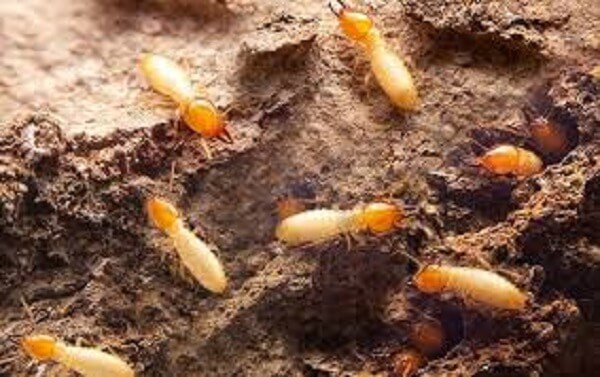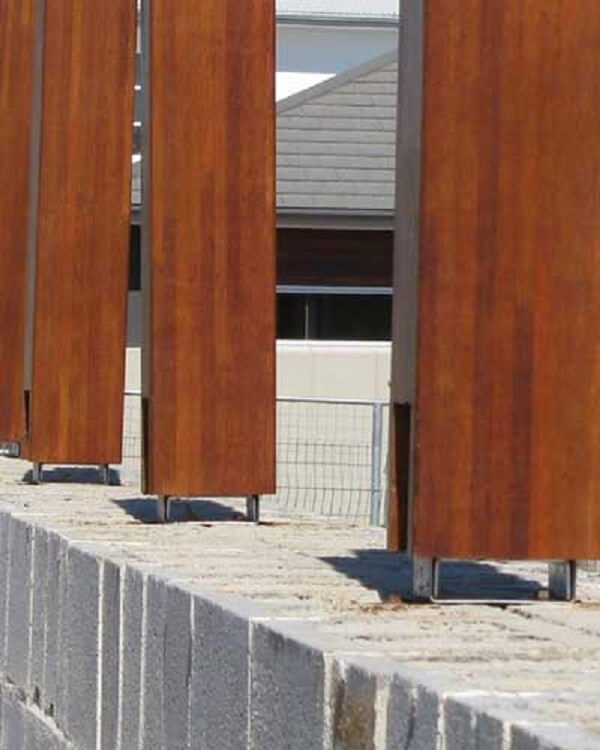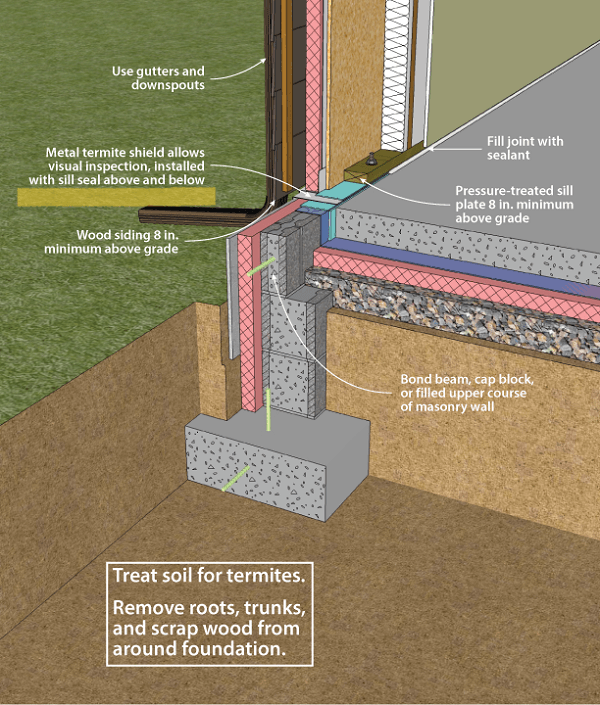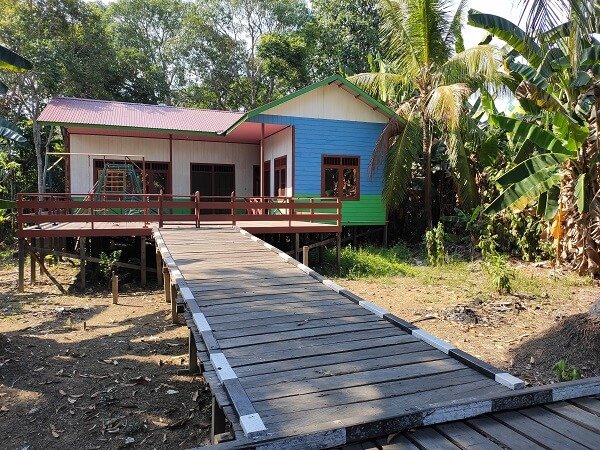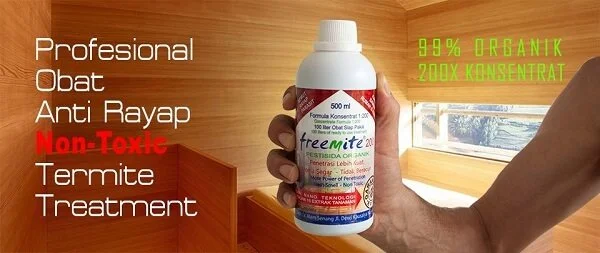There is nothing more terrifying than the realisation that your house is infested with termites. Having a blast destroying something you have put your heart and savings to build.
There are, however, easy steps to follow so that any wood installation follows good building practices, particularly in terms of exterior wood applications.
When building with timber outside there are 3 main things that we must be paying close attention to:
1) Solar degradation
2) Rot
3) Termites
For the latter, you really need to ask around the neighbourhood to know about any termite issue people might have had.
While it is a myth that some timbers are termite proof, it is true that wood such as Ironwood (Ulin - Eusideroxylon zwageri) are less attractive to termites Indeed, their heartwood contains specific extractives that have anti decay and insect resistant characteristics.
Untreated Ulin heartwood posts are expected to last 50 years in ground contact, giving this timber the distinction of being one of the most durable timbers in the world. In other words, ironwood is particularly unattractive to termites, but isn’t 100% immune to an eventual attack from termites.
Always know your opponent:
The best way to stop termite infestation is by understanding how termites like to live and build things that don’t suit their lifestyle. Although termites need water, they can’t actually drink, instead they absorb it either through the food they eat, or through a waxy layer on their outer skin. Hence if you design your building so all timber is separated by a visual barrier from any water source, you will at least be able to see them coming and going from water to food and stop them in their tracks.
Most of the termites that attack buildings are subterranean termites, living underground, then coming up inside trees and houses to eat dead wood, getting their water from moist ground contact. Subterranean termites can't crawl about in the open and will have to build mud tunnels to protect them from the sun. This is how you will be able to detect their intrusion much easier. making their intrusion into your house much easier to detect and treat.
Build your defenses:
What we mean by visual barriers usually revolves around concrete slabs. However, they also need to be built with particular specifications to be efficient.
Reinforced concrete slab with an exposed slab edge (that’s a slab with no cracks greater than 1.2mm (the width of a skinny termite). Termites will have to crawl over and around the slab, to go from water to food, hence you can just check your slab edge regularly for intruders.
Steel stirrups or shoes on the bottom of posts, so the steel enters the ground and not the timber.
Flat metal sheet caps on top of the brick columns under your house. (known as Ant Caps).
All of these measures are environmentally friendly work forever at no running cost and all you have to do is a regular inspection.
A common practice in Indonesia is to install timber decks and stairs directly onto concrete slabs. This builder had closed the edges of the steps with a small wall of concrete, which had the dual impact of not letting light and air in, and trapping water under the timber boards. This is a big no-no if you want to increase the life of your timber and avoid termites.
Exterior timber really needs to be kept dry and be installed in a way that allows good airflow and access. This is particularly important in the tropics, where there is a relatively higher decay and inherent termite hazard than in the temperate zones.
Remember it’s the combination of water and timber that causes most trouble, so design your house so the timber stays nice and dry and preferably out of the sun. And build your house so it’s comfortable for you to live in but not for termites. We reckon stilt building prevents 90% of common termite problems (subterranean termites), because it controls the entry points for termites very well.
Throughout the world there are many agents selling complicated systems for termite protection, including a great range of toxic chemicals and the like. We obviously wouldn’t recommend them, and instead suggest natural solutions such as Freemite.
When in doubt fall back on the good old fashioned three step rule:
1. Separate timber from water (including ground) with a visual barrier
2. Regularly check the visual barrier
3. If there is an infestation, bait the termites with a nice soft piece of timber soaked in an accumulative poison that they can take back home and feed the queen to kill off the hive. Killing off 1 or even 1 million termites won’t stop them, killing off their one queen will.
Small story too. We had been called to check on termite-infested ulin. We checked the termite infested timber that the client had installed and it turned out it was NOT ulin… it was a less-resistant Shorea species completely unsuitable for external applications! So check carefully the wood you purchase as well!

